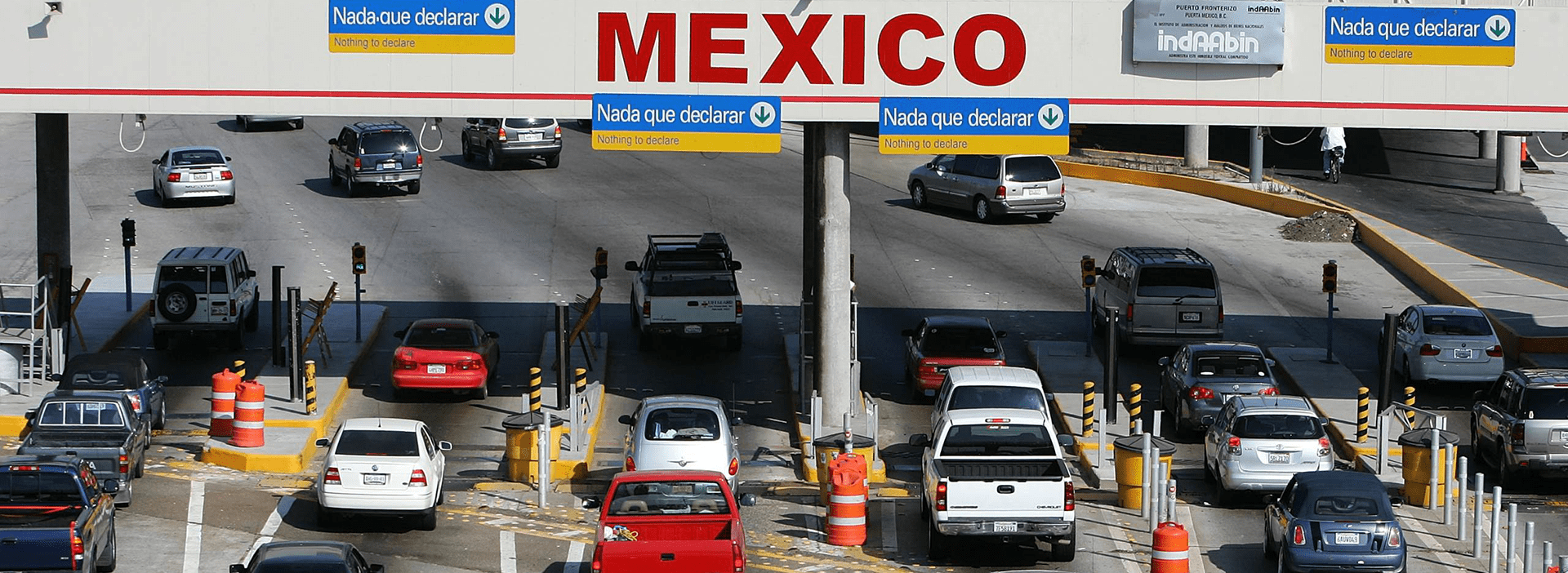The best time to cross the border by car into Mexico can vary depending on several factors, including your specific route, destination, and personal preferences. Here are some general considerations to help you choose the most convenient time for your border crossing:
- Weekday Mornings: Weekday mornings, especially Tuesday through Thursday, tend to be less crowded at many border crossings. This is because weekends and Mondays often see higher traffic as travelers return to the United States after weekend trips to Mexico.
- Avoid Rush Hours: Try to avoid crossing the border during morning and evening rush hours, which can vary by location but typically occur between 7:00 AM to 9:00 AM and 4:00 PM to 7:00 PM on weekdays.
- Mid-Morning or Mid-Afternoon: Mid-morning (between 10:00 AM and 11:00 AM) and mid-afternoon (between 2:00 PM and 4:00 PM) are often less congested times to cross. However, this can vary by border crossing point. The San Ysidro crossing tends to be very busy after about 2pm until into the evening.
- Early or Late: Some travelers prefer crossing very early in the morning or late at night when there’s less traffic. Keep in mind that certain border crossings may have limited hours of operation.
- Consider Trusted Traveler Programs: If you frequently travel between the U.S. and Mexico, you might consider enrolling in a trusted traveler program like SENTRI or Global Entry. These programs offer expedited border crossings during specified hours.
- Check Local Conditions: Border traffic can be affected by various factors, including holidays, local events, and construction. Check local news or border crossing websites for updates on current conditions.
- Plan Ahead: Regardless of the time you choose, it’s essential to plan your border crossing well in advance. Ensure you have all the required documents, including a valid passport, visa (if needed), and temporary Mexican auto insurance.
- Weather Considerations: Be mindful of weather conditions, especially if you’re traveling during the rainy season or in areas prone to heavy snowfall. Poor weather can impact road conditions and border wait times.
Remember that each border crossing can have its unique characteristics, so it’s a good idea to research the specific crossing you plan to use and consider factors such as its location, the day of the week, and any recent changes in border policies. Flexibility in your travel plans can also be valuable in case unexpected delays occur.
Also don’t forget if you are driving across, you need a temporary Mexican insurance policy for your vehicle as most US-based insurance is not recognized as valid insurance.


